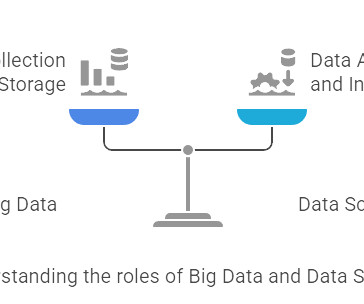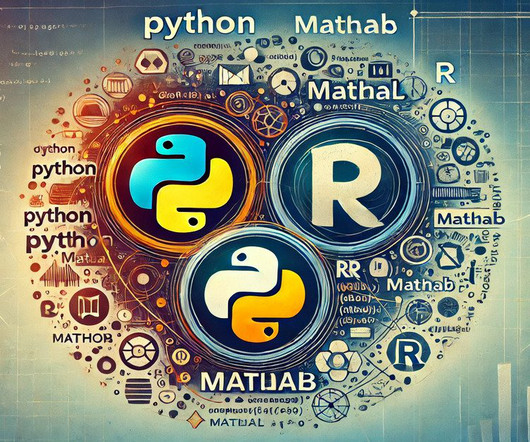Data Science Career Paths: Analyst, Scientist, Engineer – What’s Right for You?
How to Learn Machine Learning
APRIL 26, 2025
Data Storage and Management Once data have been collected from the sources, they must be secured and made accessible. The responsibilities of this phase can be handled with traditional databases (MySQL, PostgreSQL), cloud storage (AWS S3, Google Cloud Storage), and big data frameworks (Hadoop, Apache Spark).












Let's personalize your content